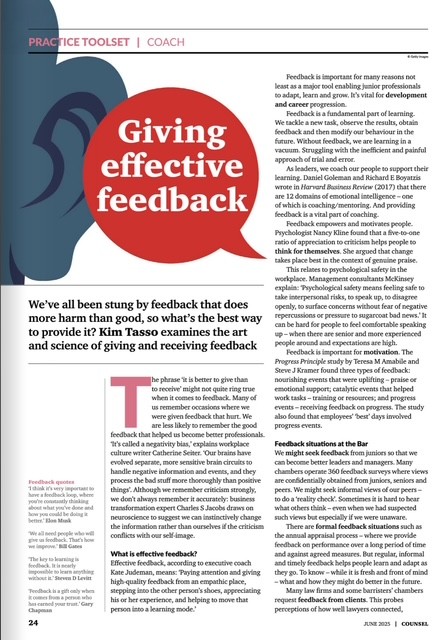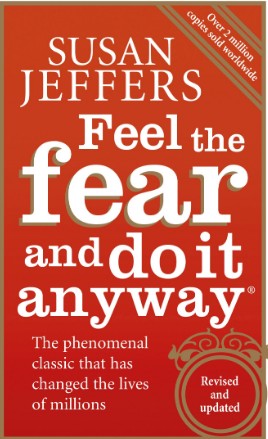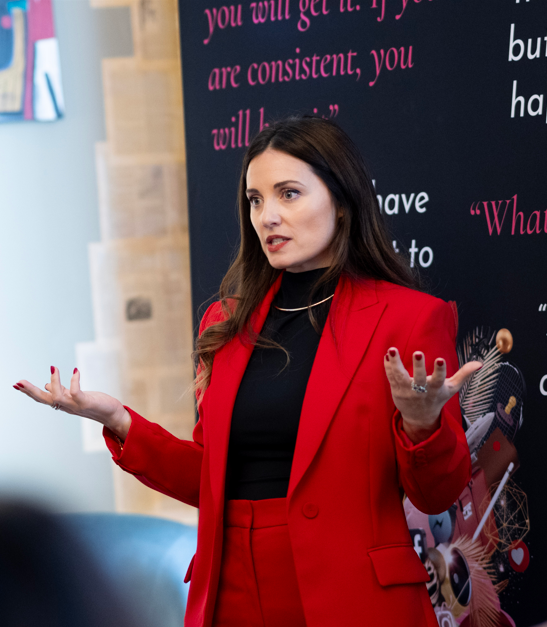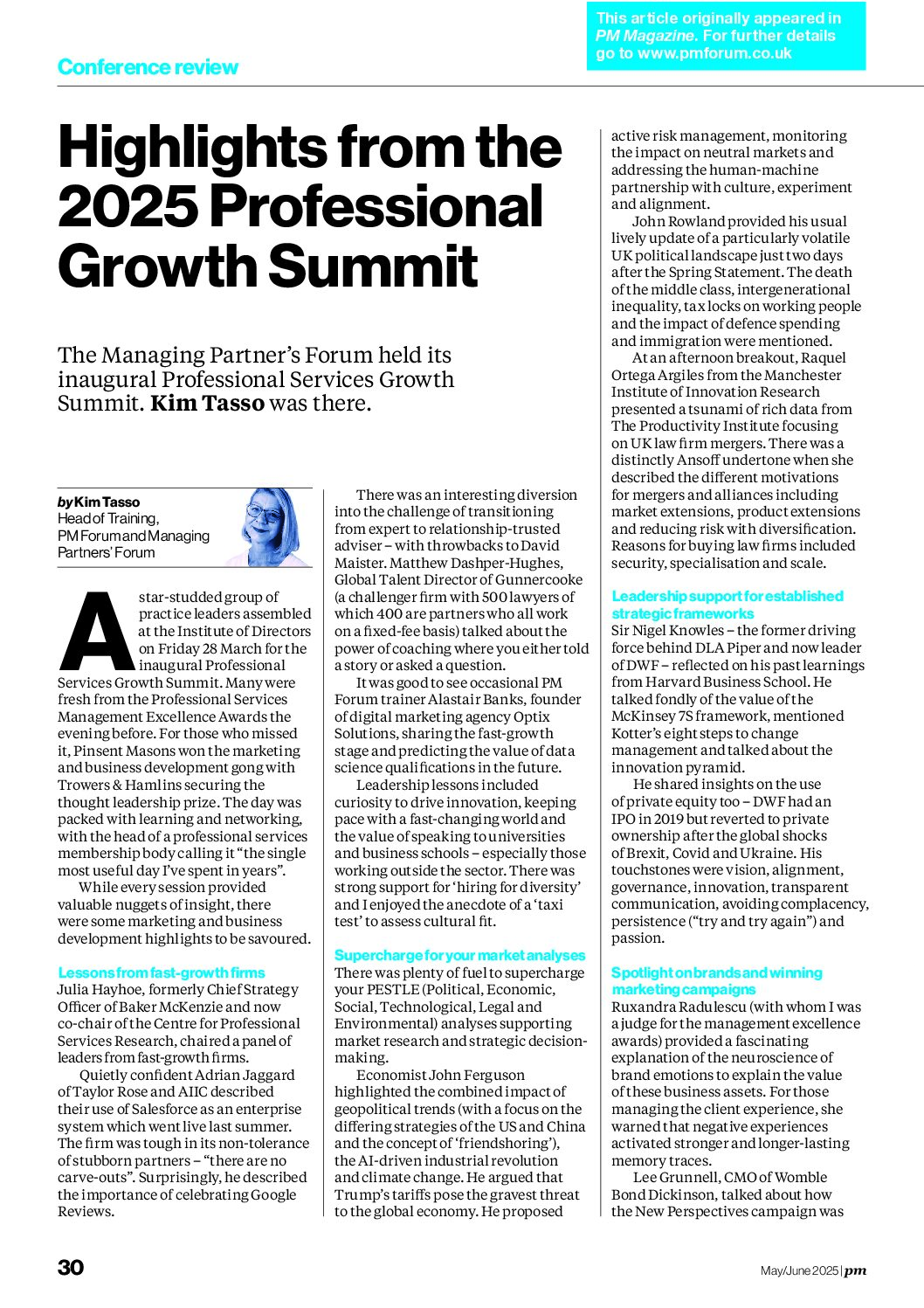Working predominantly with business-to-business (B2B) professional services firms, there is little opportunity to do much advertising. Most of the firms I work with focus on generating online interest through content management and search strategies although social media advertising is becoming increasingly popular with some law, accountancy and property firms. I’m also interested in how social media can be used for recruitment advertising and also in my role as editor of a community page (https://www.facebook.com/WhittonVillage/) So I thought I’d pop along to a short training session run by Tim Prizeman of Kelso PR on Google and social media advertising.
Google advertising
Most people are familiar with Pay Per Click (PPC) advertising which receive about 10-15% of the clicks compared to search results. For text ads, headlines can be up to two lots of 30 characters and the description up to 80 characters.
Tim presented an interesting comparison of Google Adwords vs social media advertising:
| Google |
Social media |
| Pricing by auction |
Pricing by auction |
| Bid based on search terms |
Bid based on demographics |
| Little demographic information |
Demographic information |
| No variety in advertising style |
Various advertising style options |
With 3.5 billion searches each day, Google ads are cost-effective and good for targeting people in research and buying modes. The downside is that the interface can seem complex. Long tail, descriptive phrases were most likely to generate the right sorts of leads at a reasonable price in business-to-business marketing,
In social media advertising, you target people by demographics and interest and the artificial intelligence means that ads can reach people who are likely to be most receptive.
LinkedIn advertising
LinkedIn has half a billion members. Targeting criteria include: job title, job seniority, job function, company size, location, country, company name, industry, gender, age, years of experience, skills, degrees, school and fields of study. There’s no minimum sized group for advertising.
In LinkedIn there are three main ways to advertise: sponsored content, text adverts (a thumbnail photo with a little text – presented in groups of three) and sponsored InMail. The larger banner adverts seen on the side panels are generally too expensive for professional service firms.
The minimum daily ad spend for text ads, sponsored content and InMail is £8.
I learned that there is a separate pathway for recruitment advertising.
Facebook advertising
Facebook has 2.1 billion monthly users. Targeting criteria include: job titles, income, location, age, gender, interests, people connected to your pages, relationship status, education, home type and life events. There’s a minimum reach of around 20,000.
Techniques include suggested posts and sponsored posts. Effectively you are boosting existing content posts.
Need for a strategy
Throughout the session, Tim stressed the need to consider the different stages of the buyer journey and to strive for early engagement:
Awareness
Latent need or opportunity
Awareness of a need or opportunity
Research
Seeking solutions
Researching solutions
Decision
Justifying the solution
Making the buying decision
He mentioned that research indicated that 70% of any decision is now made before speaking to a salesperson. He also observed that B2B marketing is often focused on the end of the buyer journey whereas thought leadership strategies concentrated on the earlier stages.
Tim stressed that there was no substitute for identifying the right product and message for the right person at the right time with the right value proposition. There’s more on strategic marketing here http://kimtasso.com/strategic-thinking-audits-assumptions-alignment/
Conclusion
What became apparent is that:
- You need to be clear about your target market, segmentation and personas http://kimtasso.com/back-basics-importance-segmentation-personas/
- There must be clarity on your value proposition (few professional service firms have effective differentiation strategies http://kimtasso.com/differentiation-strategies-innovation/) and a strong call to action (CTA) in order to measure impact and capture email details so that you can nurture the relationship. Ideas here included research downloads, guides, free events, diagnostics, videos, must-read blogs ad valuable advice.
- The advertising must take place within an integrated campaign http://kimtasso.com/10-steps-to-create-a-business-development-campaign/
In terms of creating adverts and advertising campaigns, no doubt Tim would be able to help you. But he also suggested you look at successful campaigns at https://adespresso.com/ads-examples/
Future Kelso events are listed here http://publicrelations.kelsopr.com/public-relations-seminars-webinars
Tim’s excellent book on thought leadership is reviewed here: http://kimtasso.com/thought-leadership-manual-review/
Related Posts
- Search Engine Optimisation – In a nutshell
- Social media session with SCL (Society for Computers and Law)
- Current and future trends in web technology
- Blending online and offline marketing
- Hubspot’s guide on 15 business blogging mistakes
- Old and new digital marketing qualifications
- The move to digital PR – a conversation with Tim Prizeman of Kelso Consulting
- D&AD’s “The Art of Art Direction Masterclass” with Alexandra Taylor
- Advanced social media use amongst lawyers, accountants and surveyors
- Case study (Law firm marketing) - Mishcon de Reya
- Book Review: Valuable content marketing by Sonja Jefferson and Sharon Tanton
- Hubspot’s guide to building a content strategy
- Hassle free approach to developing a new web site
- From Jesse J to Einstein - ROI in professional service firm marketing and business development
- Marketing strategy for personal injury lawyers at MASS conference
- Instant Mobile Market Research software – For lawyers, accountants and surveyors needing fast and affordable consumer research
- Legal marketing case study: Irwin Mitchell combines DR advertising, online promotion and brand building
- Legal Marketing Case Study: "Hot on family law" at Rayden Solicitors
- 6 trends for marketers to watch – Compliance, video, creativity, social business, crowdsourcing and big data
- Withers’ double win - A cracking demonstration of superb law firm marketing AND a tour de force on legal pitfalls in social media
- Digital marketing qualifications update
- Property marketing case study – CBRE at MIPIM with bears and bulls video and social media
- Property marketing: Trends and challenging convention (Summary of EG Property Marketing summit speech)
- Marketing in a digital world – Conscious Solutions seminar review
- Effective social media for accountants
- Where do I start? Business Development for Lawyers (MBL Private Client Training July 2015)
- Digital marketing and social media in the legal sector update – Law Society and The Lawyer
- Book review: Understanding Digital Marketing – Marketing strategies for engaging the digital generation by Damian Ryan Third Edition (Kogan Page)
- 10 steps to create a business development campaign
- Marketing planning in a nutshell – Selecting a strategy
- Referrer management – Back to basics and the role of social media
- Content development – Get blood out of a stone
- Book review: Managing online reputation – How to protect your company on social media by Charlie Pownall
- Legal Marketing Case Study – Fisher Meredith family law services and so much more
- Book Review – The Thought Leadership Manual by Tim Prizeman
- Business development writing for lawyers - 13 top tips for writing for impact
- Integrated marketing – Joined up sector, KAM and CEM programmes
- Project vs Campaign Management
- From expert to rock star – Using Passle for content creation and distribution
- Accountancy marketing case study: Haines Watts accountants “For Love or Money” thought leadership campaign
- Client Experience Management CEM – Lessons from John Lewis and other consumer services (Law Society Law Management Conference 2017)
- Legal marketing case studies – Digital marketing at The Law Society Law Management Conference 2017
- Estates Gazette Property Marketing Summit 2017 – Goals, Digital, Innovation, Content, Video and Experience
- Property marketing case study – Client and key client relationship management at JLL
- Private client marketing - Competing in the digital era
- Persuasive writing: Titles and tweets
- Thought leadership, campaigns and project management – Nine insights from a workshop (2017)
- Search Engine Optimisation SEO – An update
- Introducing the marketing planning process into a professional service firm
- Book - Social Media in Business Development and Relationship Management: A Guide for Lawyers
- Legal marketing case study: Social media in business development and relationship management: A guide for lawyers by Kim Tasso (Book review)
- Marketing strategy for accountants and tax advisors (Video)
- Nine reflections on thought leadership (2019)
- Book review: Social media in business development and relationship management: A guide for lawyers (by Richmond Green Chambers and The Barrister)
- Law firm thought leadership update
- Getting to grips with Instagram marketing in professional services
- Professional Services thought leadership update - FTI, Bidwells, Grist and Fieldfisher (November 2020)
- Social Media
- One more time – Why is social media helpful for lawyers, accountants and surveyors?
- Book review: Social media in business development and relationship management: A guide for lawyers (by Pippa Blakemore)
- Marketing professional services to High Net Worth clients
- Property marketing case study – Key points from the EG property marketing conference 2018
- Managing and marketing a profitable surveyors’ practice – Guiding and rising stars
- Helping tax advisers sell their services – Be more detective
- Accountancy marketing case study – Manufacturing and engineering benchmarking thought leadership at MHA
- Social Media for Lawyers
- Help your lawyers understand and engage with social media effectively
- Differentiation strategies and innovation
- Marketing planning in a nutshell










